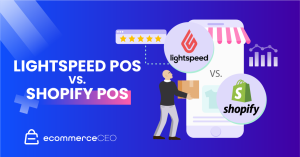 Author By Miva |
Author By Miva |- Posted on
- • August 1, 2018
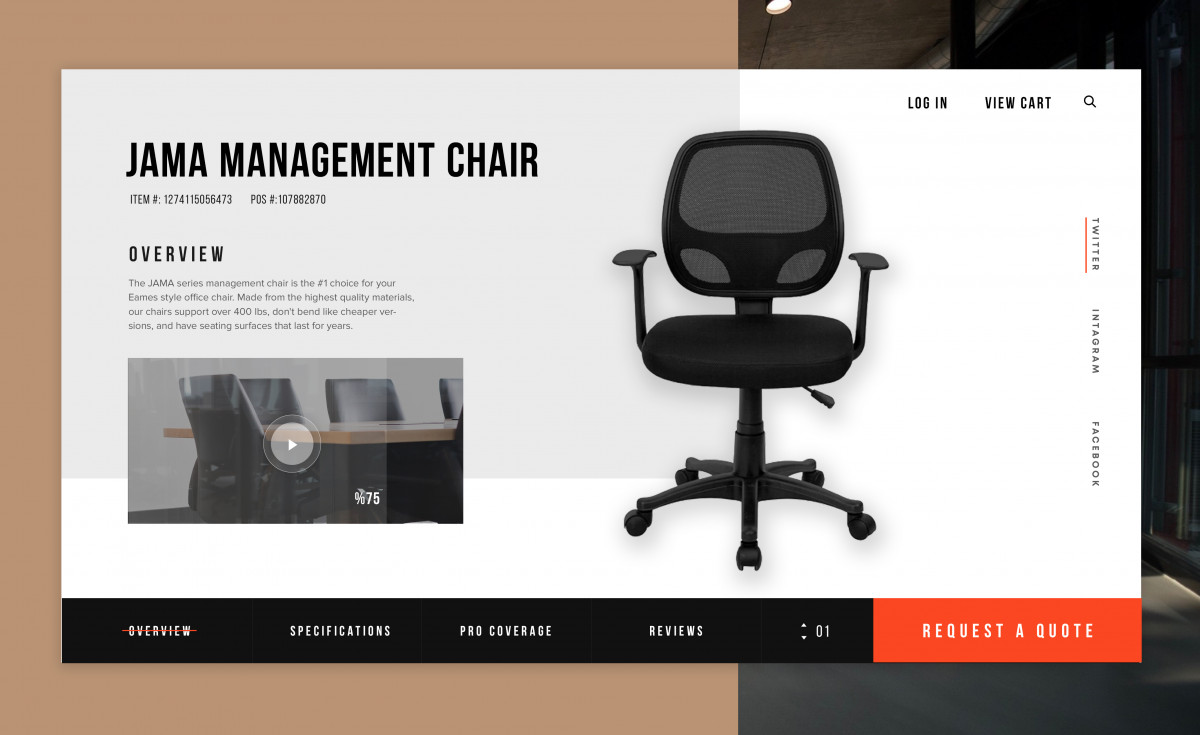
When you shop online for consumer goods, finding what you’re looking for and the process to purchase those goods is usually intuitive and simple. That’s because a B2C website has mastered the art of selling online. They know that if you lose a consumer’s interest, even for a second, they will bolt for the competition. After all, it only takes a single click to exit an online store. Jeff Bezos didn’t become the richest man in the world by creating a poor shopping experience. Most B2C websites have followed Amazon’s lead to create experiences that make it easy for consumers to make a purchase — and come back for more. Like a successful B2C website, many B2B websites offer an intuitive and engaging online shopping experience that mimics the retail consumer experience. B2B sellers, however, face additional challenges that require more specific functionality and considerations to manage the more complex sales cycles involved in B2B ecommerce.

The B2C Website is A Different Animal
The reason B2B sites aren’t as streamlined as B2C sites for online shopping is that their business model is very different and more complex than B2C. B2B purchases are far more expensive and complicated than B2C goods — and carry a much larger risk if their customers have a bad experience. B2B goods and services can be big money deals with lots of moving parts. Losing a potential six-figure sale can do a lot more damage to a company than losing a $20 tee-shirt sale. That’s why the B2B sales process almost always involves working with an individual sales rep. Price negotiation, fulfillment options, and unique payment arrangements are all part of the B2B sales process — and consumer-style websites often lack the functionality to execute them online.
Emotional vs. Strategic Purchasing
B2C purchases are driven, at least in part, by emotion — like new clothes that make you feel beautiful or a new gadget to play with. There is less at stake in these smaller consumer purchases. Business purchases require more strategy than emotion. The decisions business buyers make will impact the overall health of the company. These decisions tend to be made with value rather than emotion in mind. B2B buyers spend more time considering their decision to purchase — the B2B sales cycle can last months or even years.
The Challenge
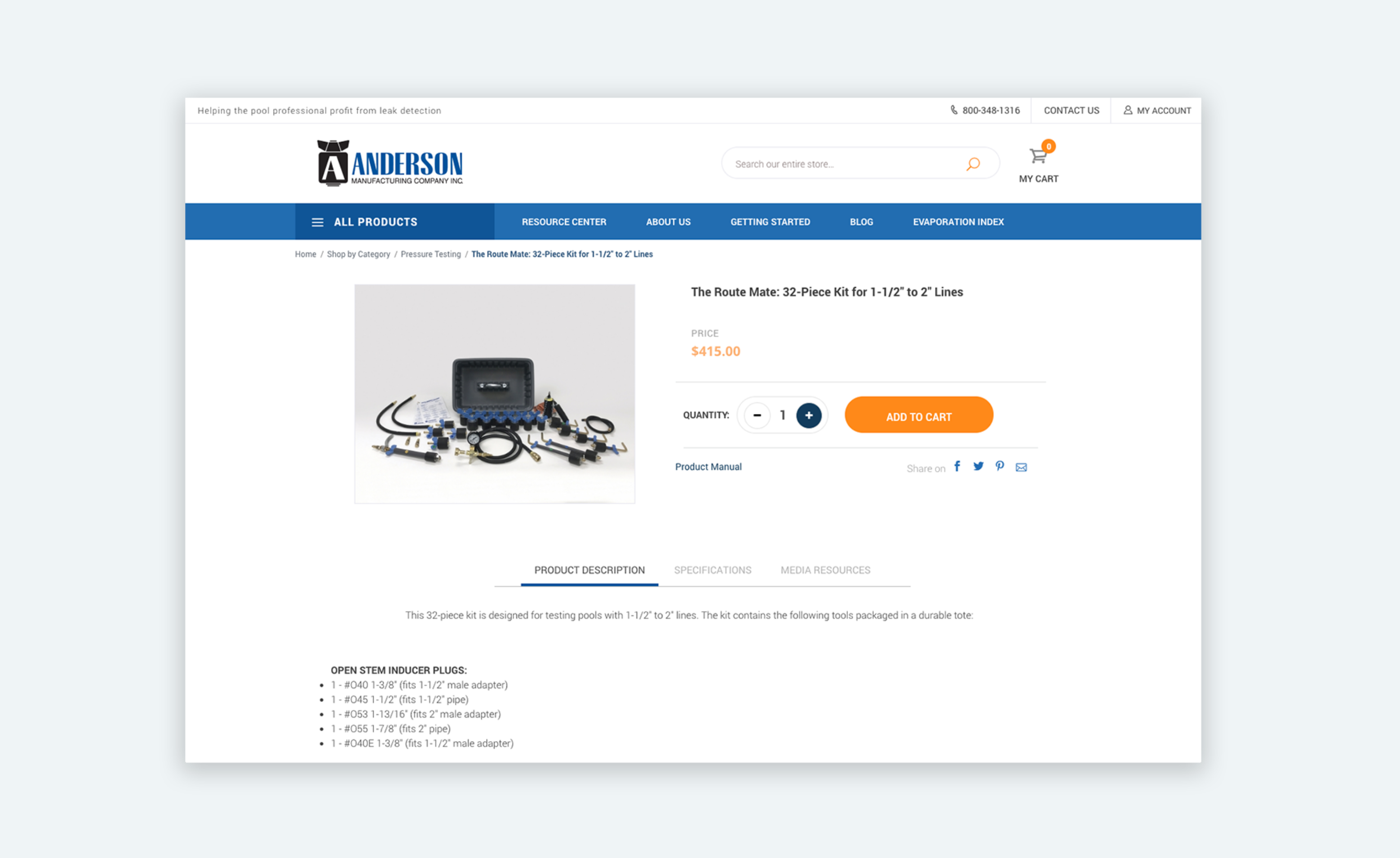
The B2B sales journey is just that — a journey. It takes customers a while to get from interest to sale. There is no such thing as a B2B impulse purchase. Typically, a buyer will start by researching a brand thoroughly to see if the product or service fits their needs and if the brand has a good reputation among those who have experience with it. Buyers require a significant amount of information — spec sheets, case studies, support documentation — before they even consider a purchase. They also need to feel confident in the product or service’s support, whether that means IT support, a refund policy or payment options.
Additionally, the person collecting information ahead of a business purchase is not always the person that has the final say. They would much rather gather information before talking to a sales rep. Creating an online shopping experience that encourages B2B buyers to discover your product or service on their terms is paramount to success in today’s online marketplace.
The next step – assuming the buyer has decided to move forward – is conversion via an online form, email request or even a phone call, after which they will be put in touch with a sales rep for negotiation and eventually, purchase. But the sales cycle doesn’t end there — many B2B buyers will become repeat customers and expect that they will not have to re-negotiate pricing and other details worked out in the initial purchasing phase. B2B websites must factor this into their online experience and be prepared to execute sales in different phases.

A Look at B2C Website Features
B2C sales look simple, feel simple, and are simple. B2B sales require more complex logistics — but in order to get an edge on your competition, you must make them look and feel simple as well. With emerging online shopping technology, you can create a B2B customer experience that engages your audience from the first touch through the final sale and beyond. Here are a few tips for B2B online shopping success:
The Experience Matters
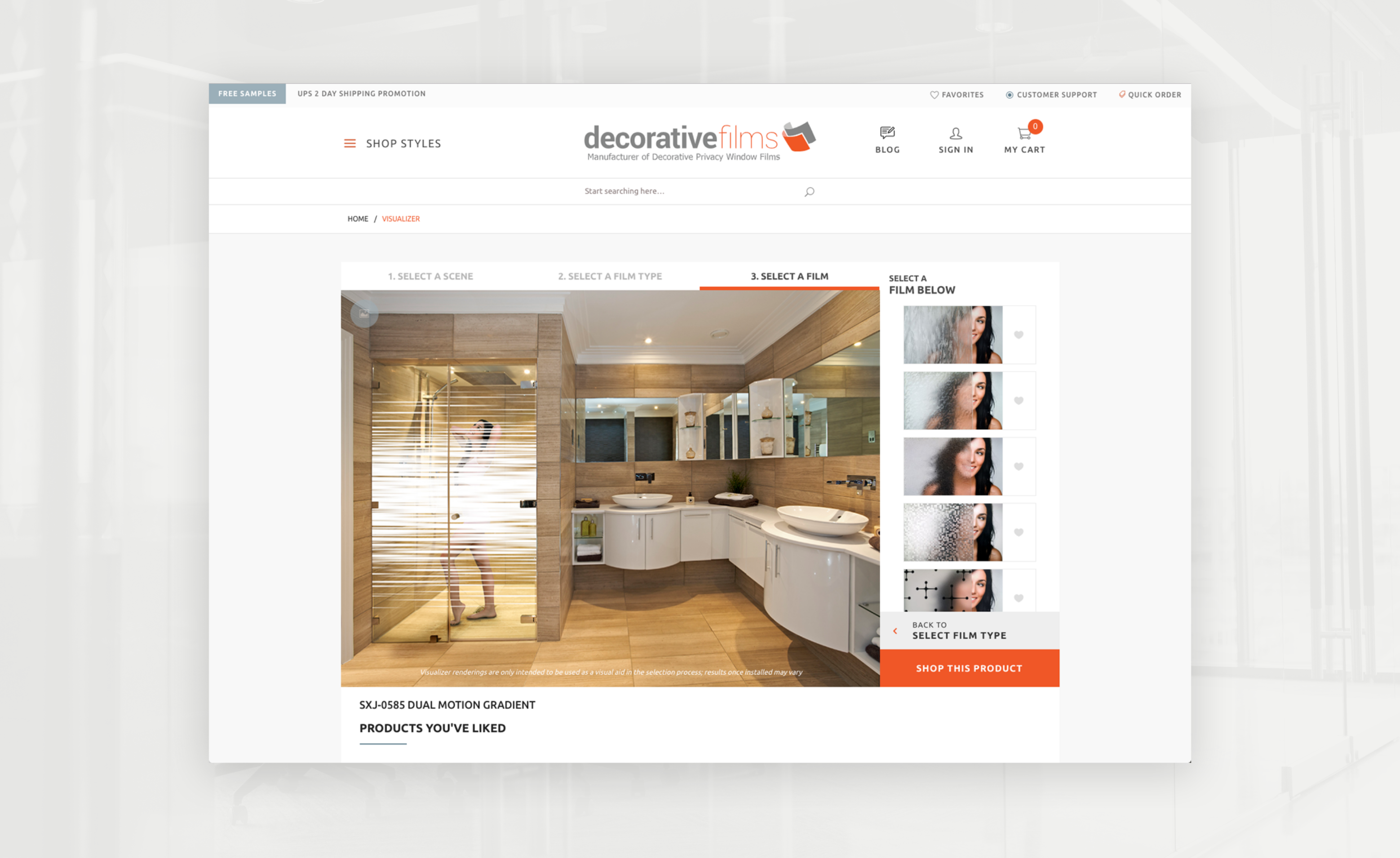
The reason a B2C website can be so successful is User Experience (UX). They make it simple — even pleasurable — to browse through merchandise and easily make a purchase in just a few clicks. The UX for B2B is arguably even more important — and certainly more complicated. Take UX seriously. When it’s done right, you will be able to guide potential customers easily along the purchasing journey.
Information is Power
Provide detailed, comprehensive and transparent information about your products, your support services, your policies, and your technical documentation. The more info the better — but make sure your design and UX make it easy to find, access, and download. You don’t want potential customers to have to dig through your site for hours to find what they need.
Turn up the Volume
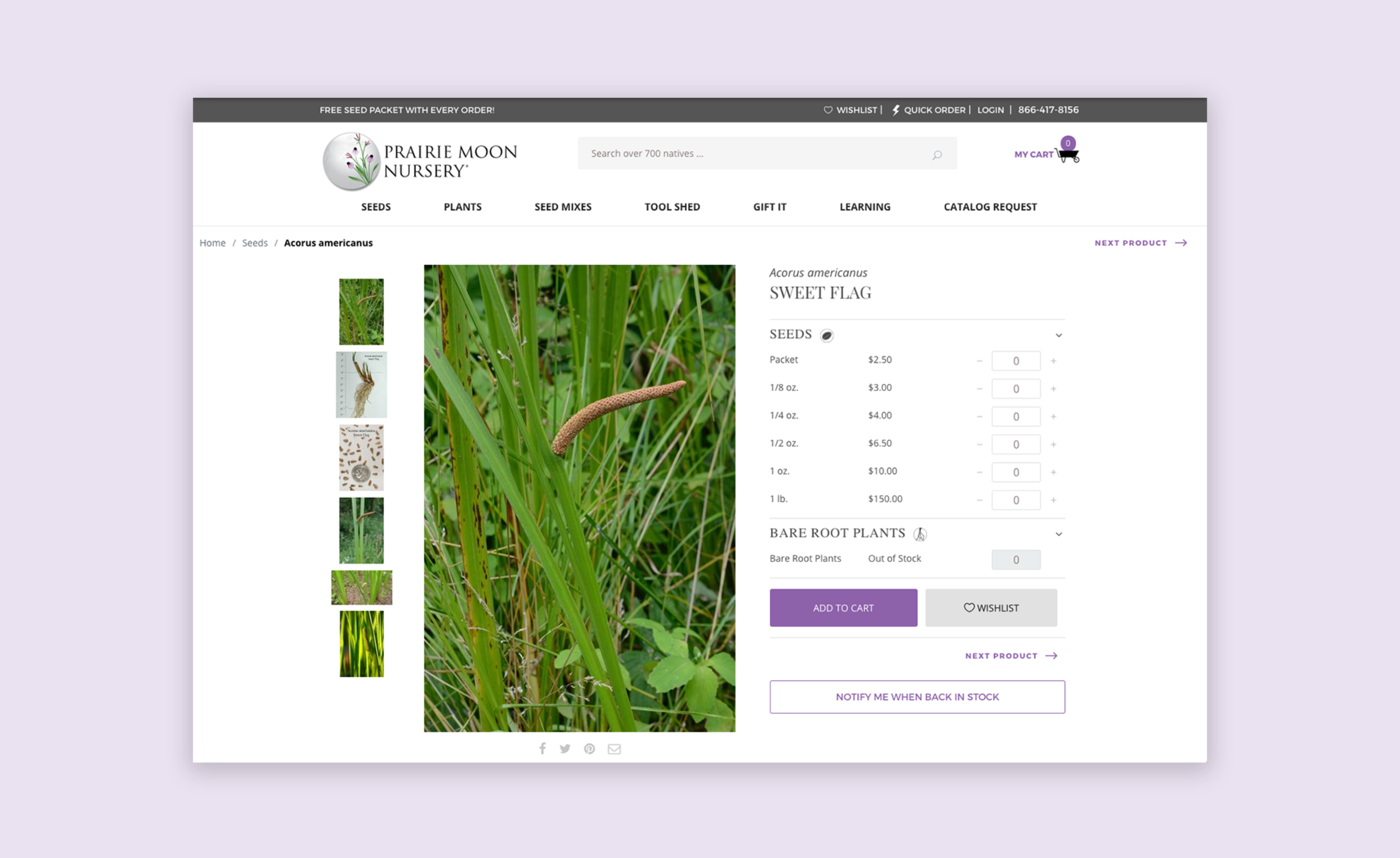
B2B buyers are often making large-scale purchases rather than buying one-off products. Make sure your B2B shopping experience can handle large volume orders with ease. Make products easy to find, easy to purchase, and provide simple shipping options. Make it simple — and make it work.
Content is King
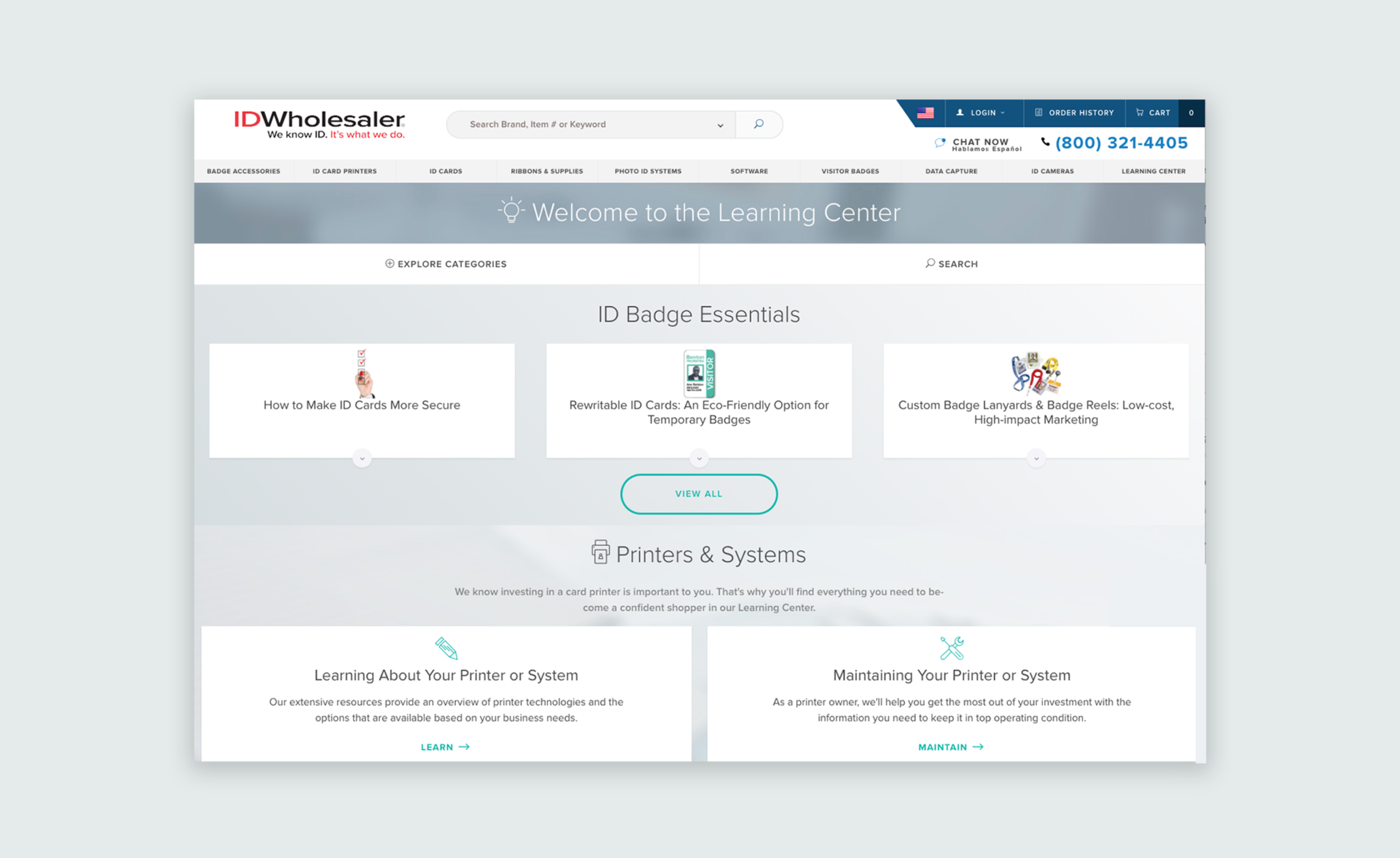
Product videos, whitepapers, testimonials, blogs, FAQs, webinars, product demos, podcasts, and customer reviews can all help legitimize your offerings and grow your audience. And don’t forget to add tools to your website that enable customers to share content — you’ll boost your SEO and generate more business, just like a B2C website.
Get Personal
B2B buyers — especially your repeat customers — expect highly-personalized service from your online store. They want to login to their account and immediately be able to view a curated product catalog, their pre-negotiated pricing, their preapproved payment terms and their order history. Make it simple for them to reorder in just a few clicks and make it painless to change orders as well. And remember, your B2B “buyer” is often made up of a few different people — the person executing the order, the accounting department, etc. Make your site feel like a personal shopper for all of them.
Everyone is a Consumer
Whether you have a B2C website, a B2B website or both, one thing remains true — there is a person on the other end of your transaction. The more personal, pleasurable, and simple you make the customer experience, the more successful you will be.
Are you ready to expand on your B2B sales with a direct consumer channel? Download this whitepaper.


About The Author
Tom McFadden
Tom McFadden is a creative brand copywriter, communications strategist and a person who is generally interested in things—which is why, he figures, he became a copywriter in the first place. As a Miva contributor, Tom explores the nuances of the digital marketing space. Tom resides in San Diego and spends his free time doing fun things, like writing.

